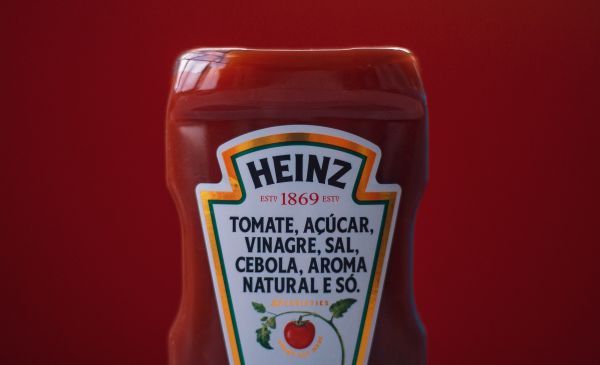Back in the day, when customer service was king, I worked after school pumping gas and handing out collectable tumblers at my father’s service station. That’s what they called it back then: a service station, not a gas station. The consistent delivery of fast and friendly service was a significant source of differentiation and, in many cases, a customer’s compelling reason to choose. It is strikingly different today. Customers not only pump their own gas (except in New Jersey and Oregon, where the law prohibits it), they also scan and bag their groceries, configure their computers, manage their stock portfolios, and check themselves in at the airport. On the chance occasion a customer needs assistance, more often than not it’s to have a question answered or a product exchanged.
If you take a few minutes to Google the phrase “customer service is dead” and read the horror stories listed in the search results, you’ll eventually come to believe that customer service is a quaint thing of the past. Is it? Is customer service, as we lovingly remember it, really dead? Is it, like the modern-day kings of constitutional monarchies, a mere symbol of a bygone era? I think so. I can remember, as part of my aforementioned job, routinely checking customers’ oil levels. And I was never questioned when I advised them, frequently, that they were down a quart. When was the last time you had to add a quart of oil to your car between oil changes? I also remember squeegeeing windows and attending to tumbler requests, never once barked at to “hurry up!” Today, the fastest of fast food isn’t fast enough.
Quality, Technology, Impatience . . . Oh my!
Customer service used to be an integral component of a marketplace besieged with poor quality products, a computerless environment, and laid-back customers. It was simply, and necessarily, a way to help customers who couldn’t help themselves. Today, customer service is usually a symptom of something gone awry. Other than businesses where personal interaction is a necessary evil, like technical products, or ones where it’s a value-added component, a component that customers are willing to pay for, customer service is best when it doesn’t exist at all. One of the promises of the new economy was that customers would finally be in charge. And it’s true, they are. But only if companies put them in charge. The imperative of customer-oriented organizations today is to do just that; help customers by helping them help themselves. The goal is perfect customer service through no customer service.
Customer service is now a proactive, strategic endeavor. Read it again. It’s not simply about training, attitude and execution. It’s about innovation, operational and technical excellence, and managing and influencing customers’ changing expectations. Customers who, by and large, want their products and services to be perfect, free and now! This means that before you ask “How do we teach our people to make eye contact?” you should ask “Do our customers want to make eye contact?” And instead of asking “How do we reduce customers’ telephone on hold times,” ask “How do we get customers to stop calling us?” Yes, great customer service is often defined by how a business responds to inevitable and, in some cases, unpredictable product and service failures. But the best organizations prevent those problems from occurring in the first place.
To Know and Not to Do is Not to Know
This probably sounds like nothing more than common sense to every customer service executive in America. But it must be something more, otherwise why do the accounts of extended wait times, difficult return policies, and other service nightmares continue to provide grist to the blogging mill? The cynic would point to disengaged employees and the general difficulty of providing satisfactory service to today’s overbearing consumer. I don’t buy it. I believe that most people have empathy and a genuine desire to address customers’ issues and concerns. And most customers are caring and reasonable as well. No, the problem, like just about every business problem today, is one of mindset. Most organizations view customer service as the complaint department or, best case, the customer satisfaction department.
Near the end of my part-time, gas pumping career, I remember my father contemplating the opening of a brand new, self-service gas station directly across the street from his little full-service station. With his greasy arm around my shoulder, sweat dripping from his brow, and his head shaking side to side in bemusement, he assured me that “People will never pump their own gas.” “Plus,” he coolly added. “Our customers aren’t just satisfied. They love us.” Yup, they loved us alright. But they loved saving a few pennies a gallon even more. Face it. The customer service of our fathers’ days, like my father’s little full-service station, is long gone and it’s not coming back. Customer service should now be thought of as the customer experience department, and its mandate should be to purposefully and tenaciously help the organization design the best darn customer experience possible. Customer service is, in fact, dead. Long live the customer experience!
The Blake Project Can Help: Disruptive Brand Strategy Workshop
Branding Strategy Insider is a service of The Blake Project: A strategic brand consultancy specializing in Brand Research, Brand Strategy, Brand Licensing and Brand Education



